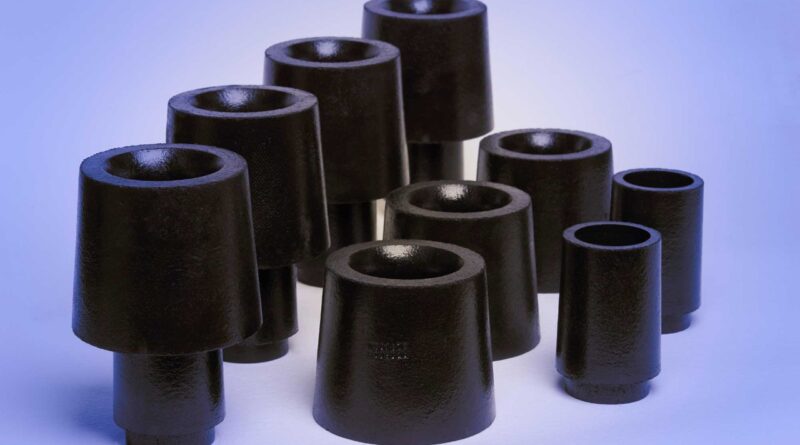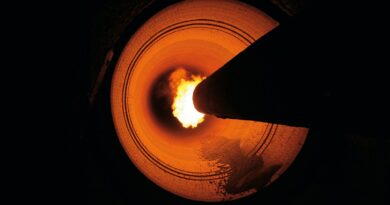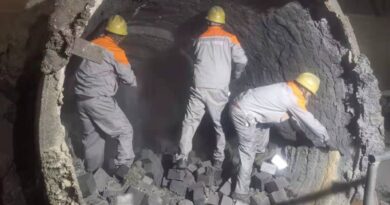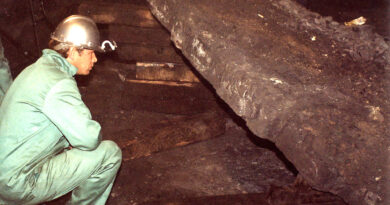Innovations in Magnesia Carbon Refractories: A Technical Overview
Magnesia carbon refractories, known for their high resistance to corrosion and thermal shock, have been a staple in industries such as steelmaking and non-ferrous metallurgy. Recent years have witnessed significant advancements in the development of magnesia carbon refractories, with a focus on enhancing their performance, extending their lifespan, and addressing environmental concerns. This technical article explores the latest developments in magnesia carbon refractories, shedding light on the cutting-edge technologies and innovations shaping their evolution.
Carbon Additives and Binders
One of the key areas of innovation in magnesia carbon refractories lies in the composition of carbon additives and binders. Researchers are exploring novel carbon sources and binders to improve the overall performance and extend the service life of magnesia carbon refractories. This includes optimizing the carbon content to achieve better thermal conductivity and mechanical strength.
Nanostructured Carbon Materials
The integration of nanostructured carbon materials is a recent breakthrough in magnesia carbon refractories. Carbon nanotubes and graphene, when incorporated into the refractory matrix, enhance the mechanical properties, thermal shock resistance, and electrical conductivity of the material. These nanostructures act as reinforcement agents, improving the overall strength and durability of magnesia carbon refractories.
Additive Manufacturing for Customization
The rise of additive manufacturing, or 3D printing, has found its way into the production of magnesia carbon refractories. This technology allows for intricate designs and customized shapes that were once challenging to achieve. Additive manufacturing not only facilitates the production of complex refractory geometries but also ensures a more precise and tailored construction, optimizing performance in specific applications.
Improved Corrosion Resistance
Recent developments focus on enhancing the corrosion resistance of magnesia carbon refractories, especially in environments with aggressive slags and high alkali metal content. Researchers are exploring advanced coating techniques and modifying the refractory composition to mitigate corrosion, ensuring prolonged service life in demanding industrial settings.
Optimization of Magnesia Grain Size
The size of magnesia grains within the refractory plays a critical role in determining its properties. Ongoing research aims to optimize magnesia grain size to achieve a balance between improved thermal shock resistance and mechanical strength. Fine-tuning these parameters contributes to tailoring magnesia carbon refractories for specific applications and operating conditions.
Performance under Dynamic Conditions
Magnesia carbon refractories often encounter dynamic conditions in applications like steel ladles and converters. The latest developments are focused on improving the material’s performance under dynamic stress, including thermal cycling and mechanical loads. This ensures reliability and longevity in environments characterized by frequent temperature fluctuations.
Eco-Friendly Refractory Practices
Sustainability is a growing concern in industrial practices, and magnesia carbon refractories are not exempt from this trend. Researchers are exploring eco-friendly alternatives for raw materials and binders, aiming to reduce the environmental impact of production processes while maintaining or enhancing refractory performance.
Digital Twin Technology for Monitoring and Optimization
Digital twin technology is increasingly being applied to monitor and optimize the performance of magnesia carbon refractories in real-time. By creating virtual replicas of refractory systems, manufacturers can simulate operating conditions, predict wear and degradation, and optimize maintenance schedules for improved efficiency and extended refractory life.
Conclusion
The latest developments in magnesia carbon refractories represent a convergence of material science, manufacturing technologies, and sustainability initiatives. As industries continue to demand refractories that withstand extreme conditions, the ongoing innovations in magnesia carbon refractories ensure their continued relevance and effectiveness in the dynamic landscape of high-temperature applications. These advancements not only elevate the performance of magnesia carbon refractories but also contribute to the overall efficiency and sustainability of industrial processes.




